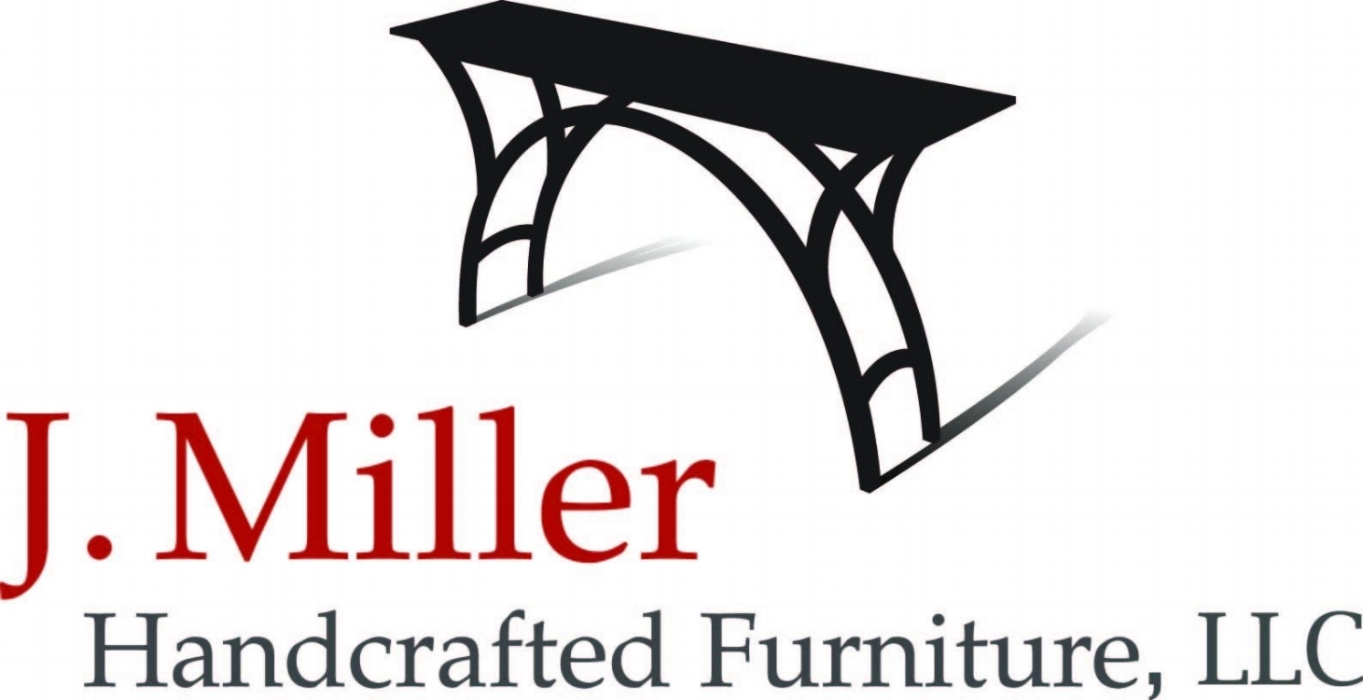Angled Tenons
If you can cut a straight tenon, cutting an angled tenon should be no problem. For the most part, all you need is a wedge of the correct angle. OK, it’s a little more complicated than that, but not by much.
Most people cut tenons on the tablesaw, and the question I hear most is ‘why not just angle the blade on the saw?’ The big problem when cutting angled tenons is the shoulders. And when you simply angle the blade, you’re starting out with a handicap because the cuts don’t even end up where the shoulders need to be.
Tenon cut with the tablesaw blade at an angle
Using a wedge takes care of that, and also means that you don’t have to worry about setting the saw up each time you need to cut the same angle – just save and mark the wedge for a particular project. Not only that, but the angle for all four of the chair’s tenons is usually the same (the size and location may not be, however). There area few chairs where this isn’t true, but the vast majority work this way. One more bonus of using a wedge is that you can use it to cut the end of the workpiece at the correct angle if you choose.
Cutting with a wedge gives better alignment
So what about the shoulders? Let’s talk about the ‘longer’ shoulders first (there’s no good terminology for this is there?). I try to avoid cutting these as a separate step. It’s really a challenge to cut these angled shoulders with the workpiece flat on the tablesaw the way you might for a regular tenon; it would take at least two different set-ups, and the alignment is difficult. The answer is to use a dado blade right from the start to cut both cheeks and shoulders at the same time.
The dado blade cuts cheek and shoulder in one pass. The wedge gives the angle
You’ll need flat-bottomed dado set to avoid the scored marks left by the outer blades. Your sharpening service can grind your blades that way. Or use one of the finger joint blade sets oriented for a 3/8 in. wide cut. These are specifically designed for the type of cut you’re doing here. In any event, be sure you have something backing up the workpiece to avoid blowing out the workpiece where the blade exits.
I also like router tenoning (on end) for the same reason; you’re cutting the shoulder and the cheek at the same time. More on that later.



